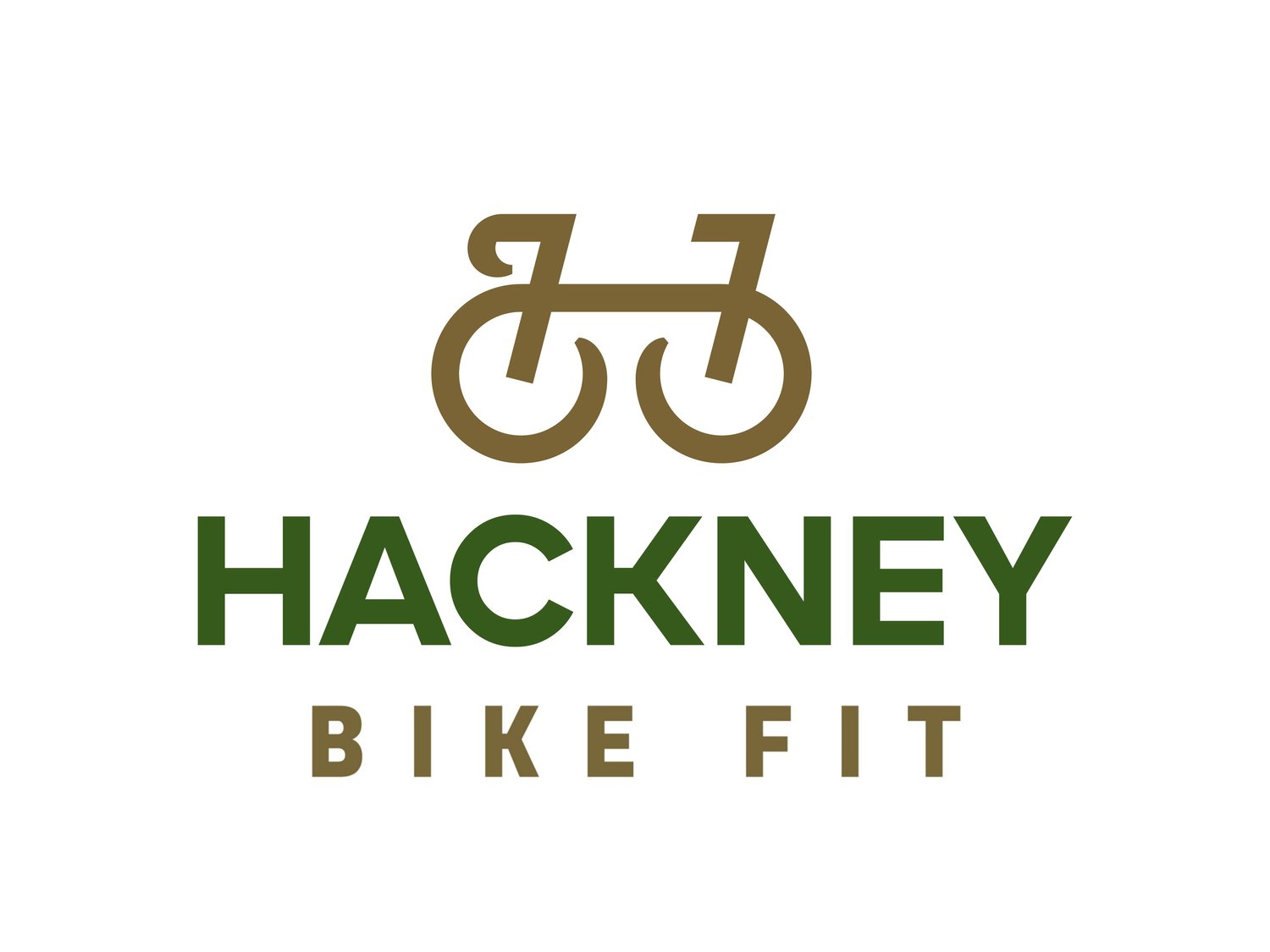Resistance Training for Cyclists
Cycling is great exercise. You get your legs pumping and your heart racing, especially if you’re riding up hill. For the rest of the time, we’re cruising along enjoying how little effort it is to eat up those miles. However, if cycling is either your only exercise or the only one that you put serious effort into, you could be building up some issues.
One of the first issues is that cycling is a non-impact sport. Why do we need impact? To keep our bones healthy and strong.
Our long bones are constantly being remodelled. You can start to lose bone strength after just 3 days of inactivity. This is because there is a constant turn over with your osteoclast cells removing bone and your osteoblasts creating it. The bone creating cells make bone in response to impact. If you look at the inside of a leg bone, the bone matrix has a series of lines running up it, which mirror the lines of force and shockwaves that go through your bones as put weight on them. Someone who constantly wears high heels (does anyone do that since covid?) will have a different bone structure to someone who wears flat shoes.
So, your bones need weight and force going through them to keep strong. This is where the problem lies. Cycling and swimming are great for building muscle strength but not bone. In fact, the strongest bits of bone will be where the muscles attach.
What can you do about it? You’ve got to put some weight through those bones! That’s where resistance training comes in.
What exercises should I do for cycling? Some of the most useful exercises are squats and deadlifts. A squat mimics the pedalling action and improves power and strength in your quads, glutes and hamstrings. The deadlift also engages your posterior chain, which you need for good core strength. Build up your weight while concentrating on maintaining good form. Once you are competent, doing less reps at a higher weight is better for strength. Combine this with box or tuck jumps to improve your explosive power to improve your cycling performance too.
What about the rest of your body? If you primarily cycle, then chances are that your core and upper body get neglected. While you don’t need to build muscle in these areas for cycling, you need to have a strong core to maintain good form. As your core tires, your overall performance will fall. For motor control, you’re looking at doing more reps at a lower weight. A good rule to remember is that for every push do a pull. This reminds us to work both sides of the body and all the antagonistic pairs of muscles. Don’t do your biceps but ignore your triceps.
If you are a triathlete then chances are your leg bone strength will be sufficient if you are running as well, but the leg weights will improve your performance. You should however include weight training on your upper body to maintain bone strength there.
I no longer see clients as a personal trainer but I can recommend Oscar Fas, expert PT and middle distance triathlete. https://www.instagram.com/ofas_fitness/
